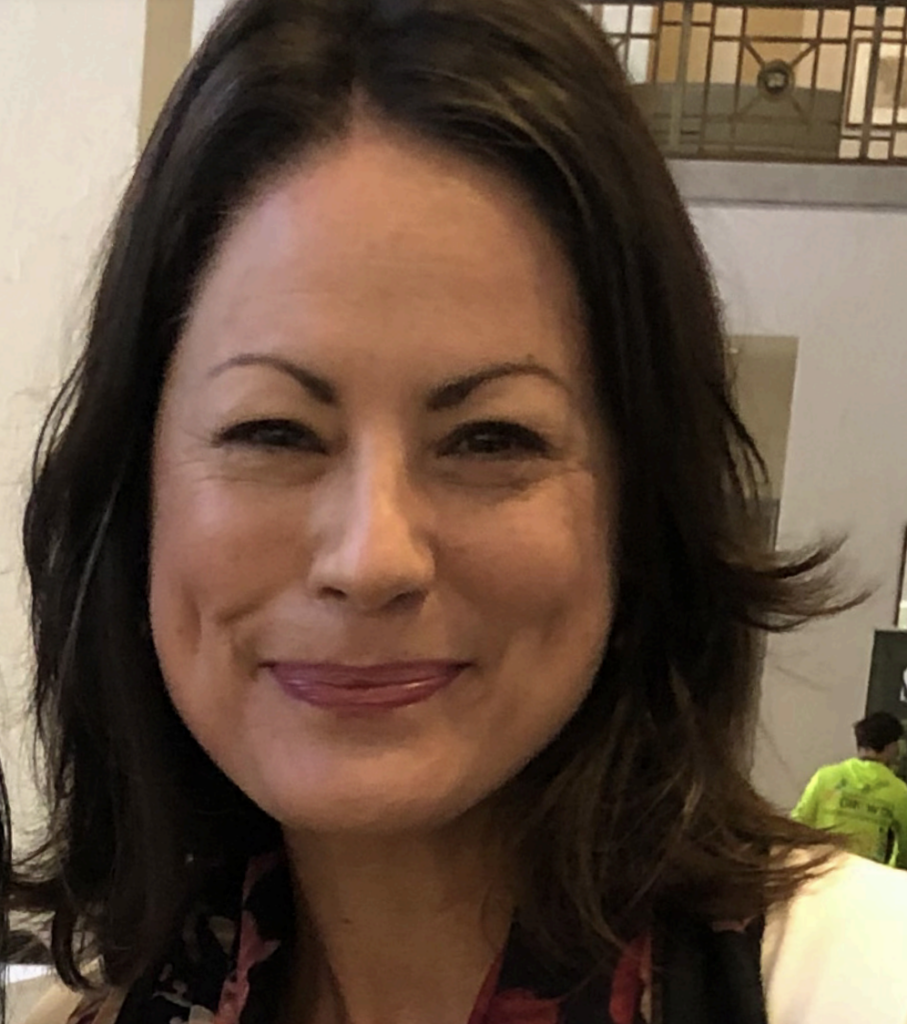
Hi everyone! My name is Sara Bolduc. I am the President of my own external evaluation consultancy (Sara Bolduc Planning and Evaluation LLC) located on the Island of Oahu, in Hawaii. We evaluate STEM and Health programs in the Pacific Region (including remote Pacific Islands) as well as in the continental United States. Much of our program evaluation work involves working with large research, education and workforce development initiatives (NSF, NIH, CDC) with diverse, fluctuating teams working collaboratively towards broad societal goals. We have found that large science teams often experience similar challenges and have attempted to design tools to promote team progress and effectiveness.
Lessons Learned
Based on factors associated with the well-functioning of science teams identified in the Team Science literature and some of our own work (see Rad Resources below), we have collaborated with our teams to develop Team Handbooks on at least two of our projects. Working with large teams can be challenging, and for Program Administrators/Managers, communicating important information to team members who may enter the program at different times during the funding cycle; be at different stages in their careers; stem from different disciplines; and/or oftentimes located in different locations can also be challenging. Developing a tool that captures relevant material in an easily accessible and simple to read approach has been well received. The Handbook focuses on clarifying 1) program goals and vision; 2) the role each member plays in their [large] team; 3) the need for adherence to appropriate modes of communications and collecting and disseminating of program data and information; and 4) general information about expected outputs (such as publications and research funding). These Handbooks are living documents and are updated as needed. The Team Handbook is based on the following assumptions:
- Understanding of Program Vision and Goals: Team members with a clear understanding of the Program, and the activities involved in achieving Program objectives, may be better equipped to contribute to team efforts and foster a collaboarative environment to work toward a common goal.
- Understanding of Work Roles: In a well-functioning team, members are clear about “who is doing what”, and “who to see to get questions answered.”
- Communication Channels: Effective communication within and outside the research team also contributes to enhanced functionality.
- Authorship Credit and Intellectual Property: While historically, researchers have published within their own disciplines, Team Science involves researchers from varied fields who are situated at different stages in their careers working in a collaborative manner. Considerations for career advancement such as author order or whether junior researchers might gain more from sole-authored papers should be addressed early in the collaboration process.
Rad Resources
Several resources have been important for the development of our Team Handbooks including:
- Our work on team dynamics (2022)
- Collaboration and Team Science: From Theory to Practice (Bennett and Gadlin, 2012)
- Collaboration & Team Science: A Field Guide (Bennett et al, 2013)
- The science of team science: Overview of the field and introduction to the supplement (Stokols et al, 2008)
- Enhancing the Effectiveness of Team Science (Cooke and Hilton, 2015)
- Advancing the Science of Team Science (Falk-Krzesinski et al, 2010)
Get Involved
Have you used a similar approach in your work? To what extent have you found this to be a helpful approach with YOUR teams? What other tools have you used to suggest ways to improve the functioning of the programs you evaluate? Please feel free to contact me directly at SB@SBPEval.com for more info!
The American Evaluation Association is hosting STEM Education and Training TIG Week with our colleagues in the STEM Education and Training Topical Interest Group. The contributions all this week to AEA365 come from our STEM TIG members. Do you have questions, concerns, kudos, or content to extend this AEA365 contribution? Please add them in the comments section for this post on the AEA365 webpage so that we may enrich our community of practice. Would you like to submit an AEA365 Tip? Please send a note of interest to AEA365@eval.org. AEA365 is sponsored by the American Evaluation Association and provides a Tip-a-Day by and for evaluators. The views and opinions expressed on the AEA365 blog are solely those of the original authors and other contributors. These views and opinions do not necessarily represent those of the American Evaluation Association, and/or any/all contributors to this site.
